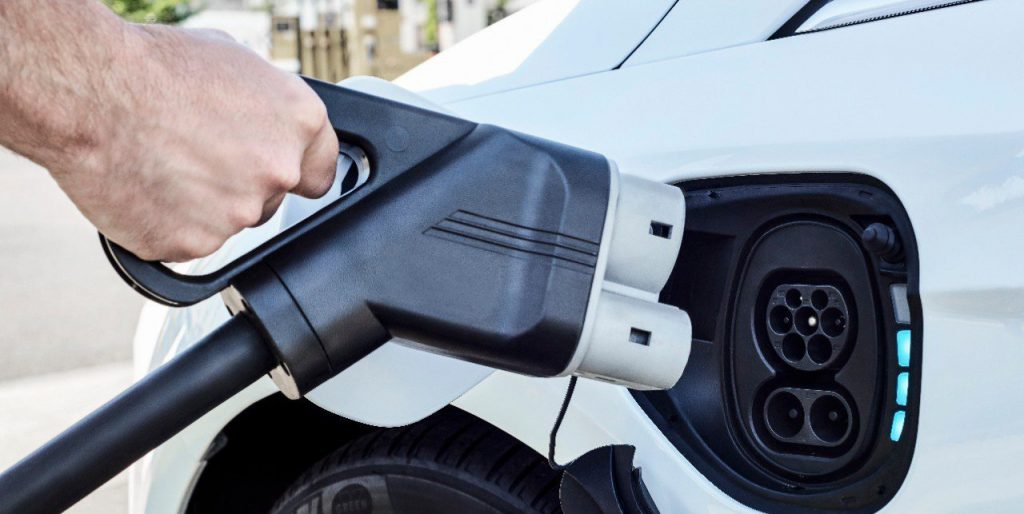
A lot of consumers are willing to switch their fuel-driven cars for electric
vehicles (EV). The problem is where will they charge their EVs when
charging stations are far and few in-between?
In a 2016 EV consumer survey by McKinney, insufficient access to efficient charging stations is ranked by consumers as the third most serious barrier to purchase and adoption of electric vehicles.
In the UK, many EV owners still rely on charging at home, at work, or both rather than in charging stations. It does make sense since the car is parked
for hours on end outside the office or the home, making it the perfect time
to top up the battery.
It usually takes a Nissan Leaf to go from flat to full in about four hours using a modern 7kw unit. But it will take significantly longer when using a normal household power supply to charge the EV.
Thus, the need for charging networks to expand and made accessible to every type of EV charging needs. Some batteries are slow to charge, and
some have
If an EV can only travel five miles before it needs to be recharged, there
should be a charging station within that vicinity as well.
But what is the reality of the UK charging networks?
There are nationwide or region-wide electric car charger networks that are
installed and run by at least 20 different companies and organisations in the UK. Some EV chargers are also installed and run by independent companies and are available for use by larger networks. Some are available at the discretion of their owners.
Over the next three years, new EV charging points will be added in selected
Tesco Extra and Superstore car parks through the partnership of Tesco and
Volkswagen. Both companies will work with Pod Point to introduce the
chargers. Some of these chargers may be available free to use.
Tesco and Volkswagen are set to provide a total of 2400 new EV charging
points. While this means good news, there’s still the problem of network-specific swipe cards that an EV owner must use when charging from a specific charging point.
Different energy firms and companies use different swipe cards, which
means you need to register and carry more cards if you will be using
different charging networks.
Some charging networks also run different membership models. It could be:
- Pay as you go
- Through significant subscription fees
- Through minimal sign-up fees
- Free power offers
With drivers used to paying petrol anywhere using the same debit or credit
card, the membership models only serve to confuse them.
Future of EV Charging
In the UK, EV charging infrastructure is growing, representing a “huge
growth area”, according to the Bureau Veritas, a global certification expert.
There are currently 16,500 available EV charging points that need to be
increased six-fold if the UK wants to see 1 million low-polluting vehicles on
the roads by 2020.
More companies are planning to invest in building a network of charging points across Ireland and the UK.
Along with this is the need for the government to create initiatives to improve the development and operations of charging infrastructures and for key establishments, such as hotels and retailers, to be upgraded to accommodate charging points.
Suffice it to say that the future of EV charging is bright. But there’s still a long way to go.

EV Charging Stations for home, businesses or public places.
28th January 2019